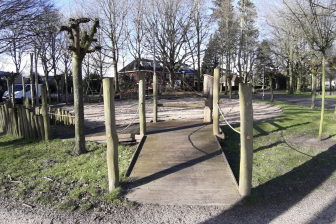
Child Friendly Cities Initiative – how to learn from local participation
The study gives recommendations on how to make these structures more meaningful, effective and representative, providing a wide range of practical, tangible examples from cities and communities across the world.The target audience, says UNICEF, are ‘local governments who wish to establish or strengthen formal participatory mechanisms for children’, and is based on interviews carried out in 2021 in these ‘high income’ countries: Austria, Denmark, Finland, France, Germany, Iceland, Poland, Portugal South Korea, Slovenia and Spain.
‘Capture the learning from these experiments’
“Many local governments have developed innovative and creative approaches to introduce mechanisms that enable children and young people to influence and inform decisions within their communities,” says UNICEF, adding: “This study intends to capture the learning from these experiences to support other local governments that are looking to achieve the same goal.”
Until now, says the charity, there has been a ‘widespread concern that many local governments lack the necessary knowledge, resources, capacities, and monitoring capabilities to introduce meaningful participation at the local level’.
The study’s key objectives are:
- Develop a shared understanding of what constitutes effective, representative and meaningful child participation
- Provide practical suggestions, based on the findings, on what measures can help establish and maintain child and youth councils
- Provide actual examples of children’s experiences in child and youth councils
- Address common challenges like lack of awareness and understanding, motivation, sustainability and evaluation.
It includes sections focused specifically on issues like the level of decision-making power of youth councils, the frequency of interactions between councils and governments, and identifying children from marginalized communities.
‘This is now a stepping stone’
Local examples of youth engagement include the city of Cascais in Portugal – which hosted the recent Child in the City Seminar – where young people highlighted the personal impact of participation, developing team-working and participation skills, a feeling of community, benefits when applying for further studies, friendships, critical thinking and autonomy.
There was also a positive message from the German city of Stuttgart, with one student saying: “Before I was in the youth council, I could not talk, I was so shy. I couldn’t even say thank you at the butcher’s. In the meantime, I am now a local politician. It was my first local election in March, I got the third most votes of all in the city council, so this is also a stepping stone.”
And in Kufstein, Austria, where during the pandemic the youth council were concerned that it was increasingly difficult to comply with the rules about wearing face masks on buses, with students either losing or forgetting them. So they contacted the local bus operator who, to their credit, made masks available on buses for young people in such circumstances.



